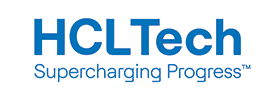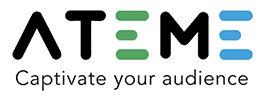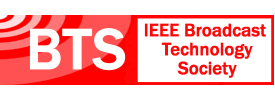- About
- Members
- Sponsors
- Subcommittees
- Technical Documents
- News
- Events
- Spotlight ATSC 3.0
- Contact Us
- Member Login
- Member Meetings
- Advanced Search
Search Site
Member Links
- About
- Members
- Sponsors
- Subcommittees
- Technical Documents
- News
- Events
- Spotlight ATSC 3.0
- Contact Us
- Member Login
- Member Meetings
- Advanced Search
A/72 Parts 1 – 3, AVC/MVC VideoApproved: Various Dates
A/72 Part 1 describes the video coding constraints on ITU-T Rec. H.264 | ISO/IEC 14496-10 (“AVC”) video compression in the ATSC Digital Television System.
Download current version: A/72 Part 1:2023-04, “Video System Characteristics of AVC in the ATSC Digital Television System”, 25 April 2023.
Download A/72 Part 1:2015, “Video System Characteristics of AVC in the ATSC Digital Television System”, approved 19 May 2015.
Download A/72 Part 1:2015 Corrigendum No. 1, approved 25 April 2023.
A/72 Part 2 describes the transport of ITU-T Rec. H.264 | ISO/IEC 14496-10 (“AVC”) as constrained by ATSC A/72 Part 1 for the ATSC Digital Television System.
This document has been withdrawn. A copy can be requested by using the Submit Feedback/Comments link below.
A/72 Part 3 describes the video coding constraints on Annex H of ITU-T Rec. H.264 | ISO/IEC 14496-10 [10] (“MVC”) video compression and the transport of the MVC video streams for 3D-TV broadcast in the ATSC Digital Television System.
Download Current Version” A/72 Part 3:2023-08, “Video and Transport Subsystem Characteristics of MVC for 3D-TV Broadcast in the ATSC Digital Television System”, 14 August 2023.
Download A/72 Part 3:2014, “Video and Transport Subsystem Characteristics of MVC for 3D-TV Broadcast in the ATSC Digital Television System”, approved 1 July 2014.
Download A/72 Part 3:2014 Amendment No. 1, “A53-3”, approved 14 August 2023.
Subscribe to our Newsletter
Subscribe to The Standard, our monthly newsletter, to stay up-to-date with ATSC news and events around the world.
Site Links
Contact Us
ATSC
1300 I Street NW, Suite 400E
Washington, DC 20005 USA
Do you have questions about ATSC?
About ATSC
ATSC, the Broadcast Standards Association, is an international, non-profit organization developing voluntary standards and recommended practices for digital terrestrial broadcasting. Serving as an essential force in the broadcasting industry, ATSC guides the seamless integration of broadcast and telecom standards to drive the industry forward. Currently, the ATSC 3.0 Standard is providing the best possible solution for expanding the potential of the broadcast spectrum beyond its traditional application to meet changing needs. From conventional television to innovative digital data services, ATSC has one clear goal: to empower the broadcasting ecosystem like never before.
© 2025 ATSC




































